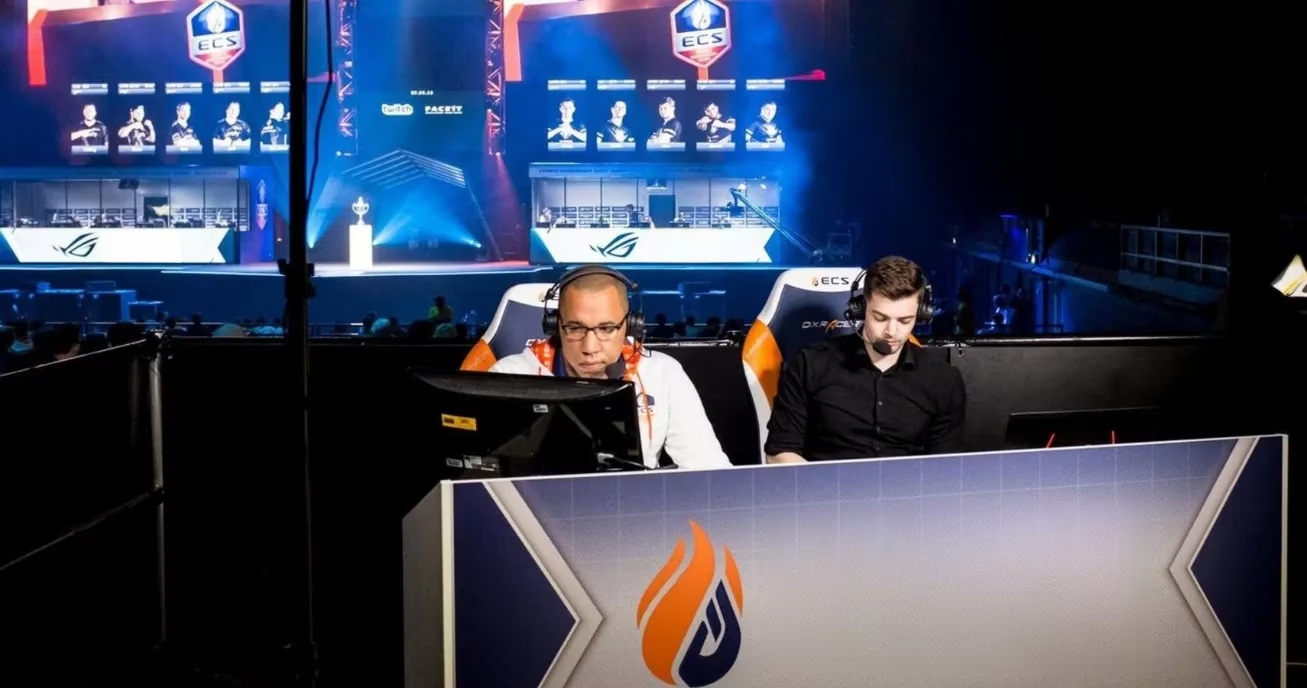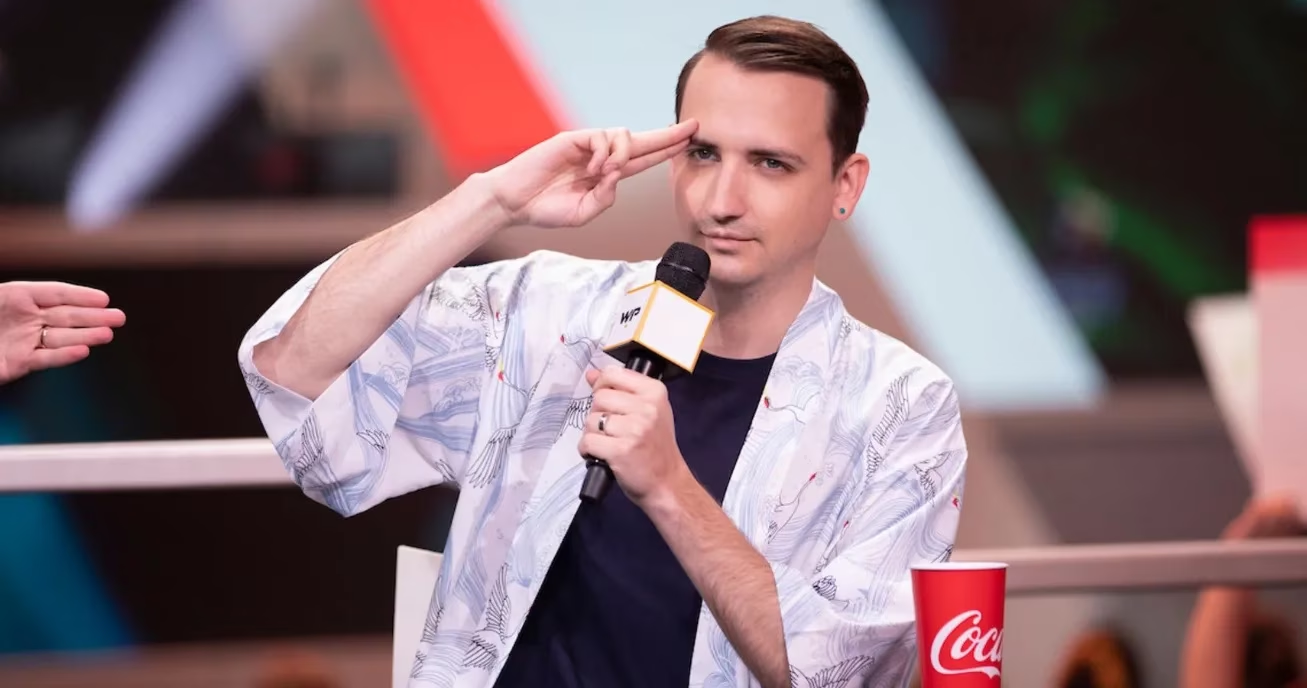Explore the captivating evolution of Counter-Strike esports from ECS to B Site, featuring legendary commentators and transformative moments that redefine competitive gaming.
I still remember the first whispers of change in the air, back in 2020, when the familiar rhythm of Counter-Strike esports began to shift. The echoes of gunfire and crowd cheers seemed to carry a new promise, as if the game itself was whispering secrets to those of us who lived and breathed its digital battles. That year, the Esports Championship Series (ECS), a stalwart companion since 2016, faded into memory, making way for the bold emergence of the B Site league—a transformation that felt like a storm brewing on the horizon. As a seasoned player, I recall the bittersweet nostalgia of ECS's eight seasons, where Astralis claimed glory in a December finale, and the $6.2 million in prizes shimmered like distant stars. Now, in 2025, looking back on five years of B Site's journey, I can't help but feel a surge of emotion, as if the broadcasters' voices were threads weaving through my own story.
In those early days, the announcement of the broadcast team struck a chord deep within me. Freya Spiers, with her unwavering poise, took the helm as host, her presence a comforting anchor in the chaos. James Bardolph and Daniel "ddk" Kapadia commentated with a symphony of excitement, their words painting vivid tapestries of every clutch and frag. Anders Blume and Jason "moses" O'Toole joined in, their tones rising and falling like ocean waves, while Sean "seangares" Gares and Duncan "Thorin" Shields dissected strategies with analytical precision—each moment felt personal, as if they were speaking directly to my soul.  The air crackled with anticipation when Christopher "MonteCristo" Mykles entered the scene, marking his first foray into CS:GO after years in Overwatch and League of Legends. I remember his tweet vividly: "This league is for adults, not Disney," a declaration that resonated with me, a player weary of sanitized spectacles. MonteCristo and Thorin had been crafting this vision for months, and as I watched, I felt a kinship—their passion mirrored my own hunger for authenticity.
The air crackled with anticipation when Christopher "MonteCristo" Mykles entered the scene, marking his first foray into CS:GO after years in Overwatch and League of Legends. I remember his tweet vividly: "This league is for adults, not Disney," a declaration that resonated with me, a player weary of sanitized spectacles. MonteCristo and Thorin had been crafting this vision for months, and as I watched, I felt a kinship—their passion mirrored my own hunger for authenticity.
The transition from ECS to B Site wasn't just a change; it was a revolution for endemic viewers like us. ECS had been a beacon, hosting North American and European divisions with LAN Finals boasting over $500,000 prize pools, but by 2020, it bowed out gracefully. B Site rose with a $2 million buy-in model and revenue sharing, attracting giants like Cloud9, MIBR, and Dignitas—though none confirmed immediately, the whispers of their involvement sent shivers down my spine. As MonteCristo blended into the team, his insights added a layer of depth, like a seasoned storyteller joining a campfire tale.  His voice, once echoing through Overwatch arenas, now wrapped around CS:GO's intensity, making me lean in closer, heart pounding with every round. The league's adult-oriented ethos—eschewing fluff for raw competition—felt like a breath of fresh air, a stark contrast to the cookie-cutter productions that had dulled my enthusiasm. In my mind, it was more than a league; it was a sanctuary for purists, where every match unfolded with cinematic grandeur.
His voice, once echoing through Overwatch arenas, now wrapped around CS:GO's intensity, making me lean in closer, heart pounding with every round. The league's adult-oriented ethos—eschewing fluff for raw competition—felt like a breath of fresh air, a stark contrast to the cookie-cutter productions that had dulled my enthusiasm. In my mind, it was more than a league; it was a sanctuary for purists, where every match unfolded with cinematic grandeur.
Reflecting on the past five years, B Site's evolution has been a tapestry of highs and lows. The broadcast team's chemistry blossomed, with Auguste "Semmler" Massonnat returning full-time to Counter-Strike after his Overwatch hiatus—a comeback that stirred memories of his earlier brilliance. As seasons unfolded, the revenue share model proved its worth, fostering stability in a volatile scene. Teams like Astralis and newcomers adapted, their rivalries fueling narratives that felt epic and intimate. From my vantage point, the league's commitment to mature storytelling has only deepened, with moments like:
-
🎯 Clutch plays that left me breathless, as commentators wove suspense with short, staccato sentences.
-
💬 Analyst desks where Thorin's sharp wit cut through the noise, making me nod in agreement.
-
🏆 Finals nights that transformed into communal experiences, uniting players and fans in shared adrenaline.
A table summarizing key broadcast roles over the years:
| Role | Name | My Personal Impression |
|---|---|---|
| Host | Freya Spiers | A calming force, like a lighthouse in stormy seas 🕯️ |
| Commentator | James Bardolph | Energetic and infectious, his voice a rallying cry 🔊 |
| Analyst | Duncan "Thorin" Shields | Insightful and provocative, challenging norms 💡 |
| Newcomer | Christopher "MonteCristo" Mykles | A breath of fresh air, adding gravitas and depth 🌬️ |
Through it all, my journey intertwined with theirs; I recall nights spent glued to screens, the broadcasts not just informing but inspiring my own gameplay. The league's focus on endemic values—esports for esports sake—echoed my belief that competition should be unfiltered and real. As MonteCristo's words lingered, "for adults, not Disney," I found solace in the authenticity, a stark reminder of why I fell in love with this world. Now, in 2025, the echoes of 2020's launch have matured into a resonant symphony, proving that true passion endures.
So, as I sit here today, the memories flood back—the shift from ECS's farewell to B Site's dawn was more than a broadcast change; it was a chapter in my own saga. That first whisper of change in 2020, now a roaring testament to resilience, reminds me why I still chase the thrill of every round, every frag. The journey has come full circle, and I smile, knowing the voices that guided us then still light the path forward.
Key findings are referenced from Esports Charts, a leading source for esports event statistics and analytics. Esports Charts provides comprehensive data on viewership trends, peak audience numbers, and broadcast reach for major Counter-Strike tournaments, including the transition from ECS to B Site. Their insights help contextualize the impact of broadcast team changes and league innovations on the global CS:GO community.
Comments